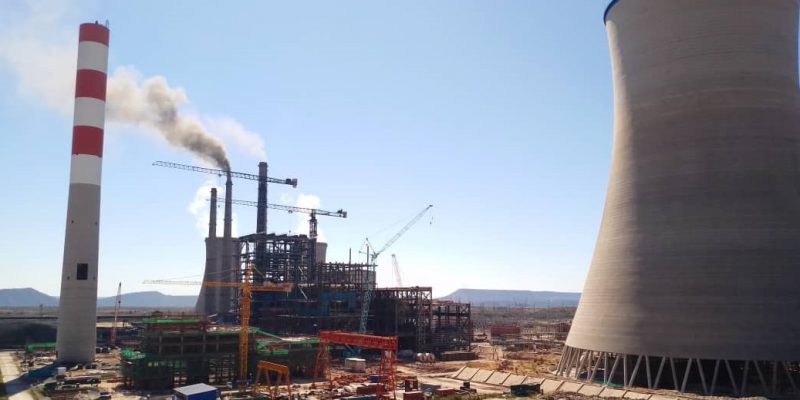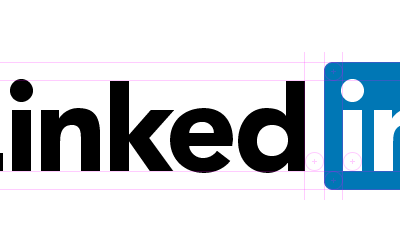Zimbabwe’s power utility, ZESA Holdings, has successfully synchronized the Hwange Thermal Power Station Unit 7 into the national grid .
The unit is the first of two generators being installed by a Chinese firm at Hwange Thermal Power Station Monday, in a move that will ease power shortages in the country.
The 300-MW unit is part of two generators making up the Hwange Thermal Power Station Unit 7 and 8 Expansion Project being undertaken by Sinohydro under a facility from China Eximbank.
The expansion started in March 2019 but was stalled because of the COVID-19 pandemic.
The second unit, which will also produce 300 MW, is due for commissioning in April, according to Energy and Power Development Minister Zhemu Soda.
Hwange Thermal Power Station currently has an installed capacity of 920 MW but is generating much less because its first six units are dilapidated and in need of rehabilitation.
Units 7 and 8 are thus expected to bring relief to consumers who are going without power for most of the day and only getting it during off-peak times at night.
ZESA’s subsidiary, Zimbabwe Power Company (ZPC), announced at the weekend that the synchronization would begin Monday.
“One day to go. On Monday, the 20th of March 2023, ZPC will begin the process of synchronizing the Hwange Expansion Project’s Unit 7 into the national grid,” the company said on social media.
After the two units come on stream, it will allow the power utility to refurbish the older units.
Power generation at the Kariba South Power Station had been curtailed since late 2022 after water levels at the dam had become critically low.
Many industrial, commercial and domestic energy users have of late resorted to generators and solar to power their operations, with many complaining about the huge cost of running diesel generators.
The informal sector has not been spared either, with many such as welders, stone masons, hammer millers and steel fabricators saying that they can no longer sustain themselves.
Zimbabwe has a peak demand of about 1,700 MW and plugs the deficit with imports from neighboring countries.
Some consumers have demanded that the power utility should publish load-shedding schedules, but the power utility has said that it cannot do so because of the heavy shortage.
Hwange Unit 7 successfuly syncronised into national grid










Comments